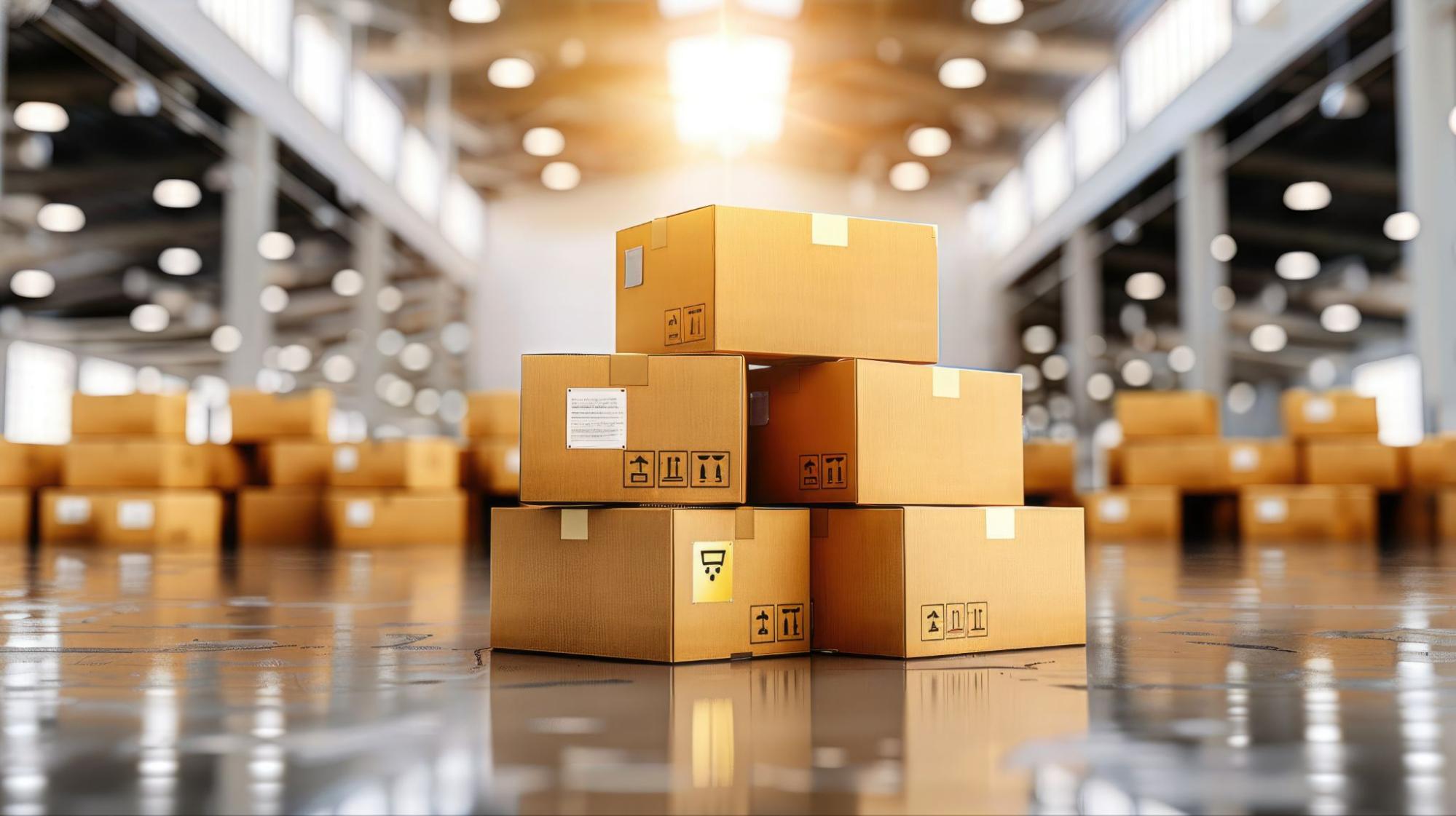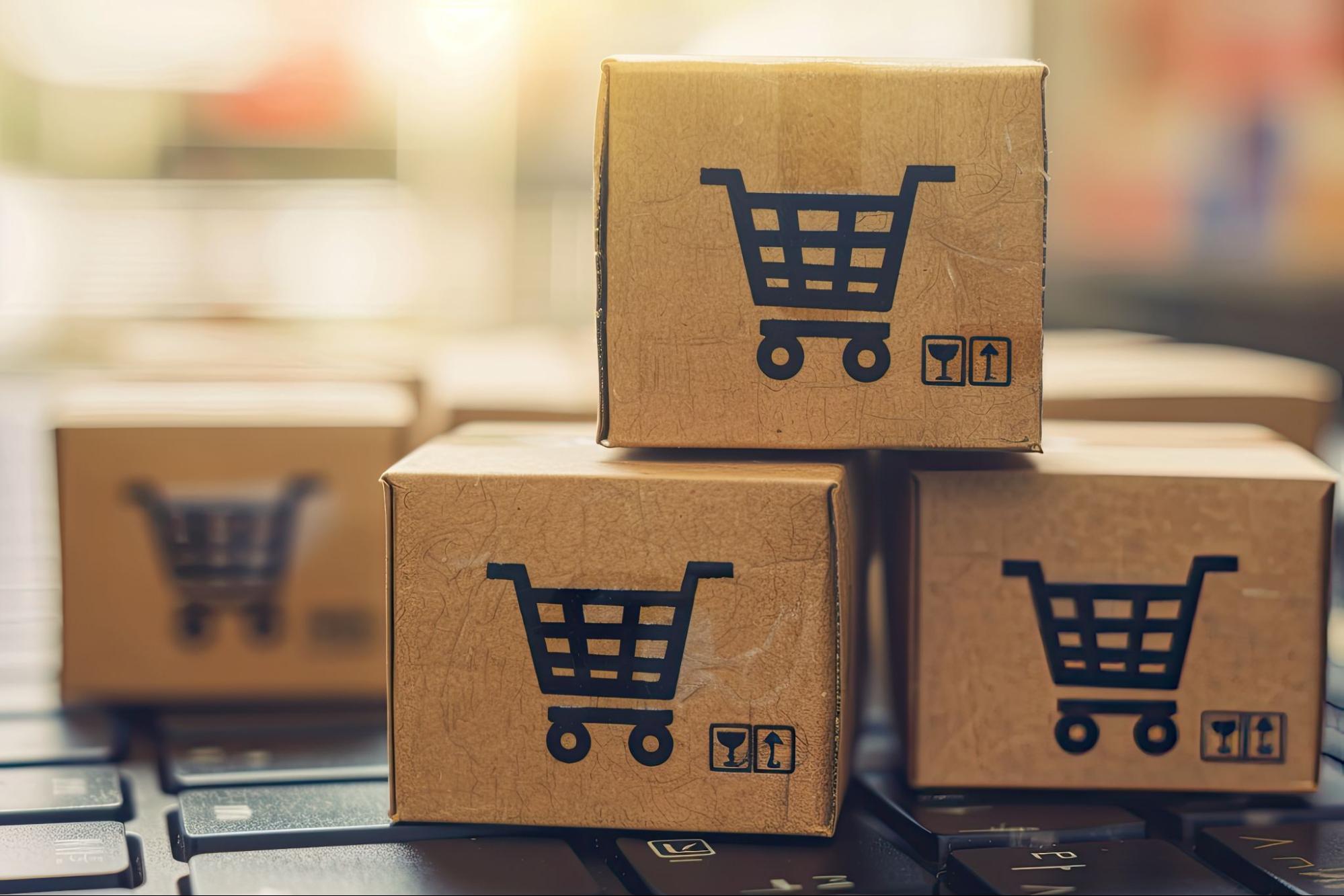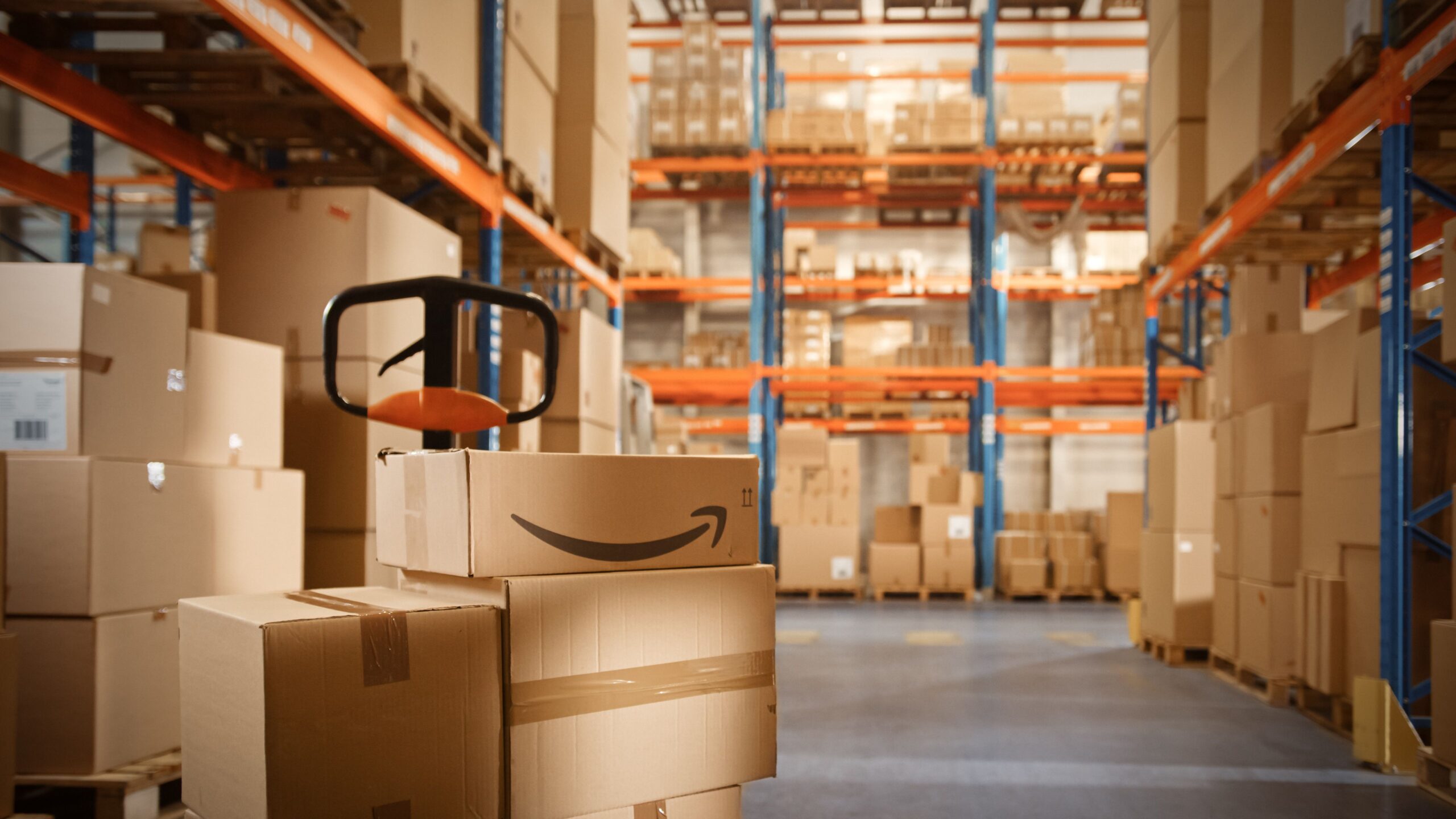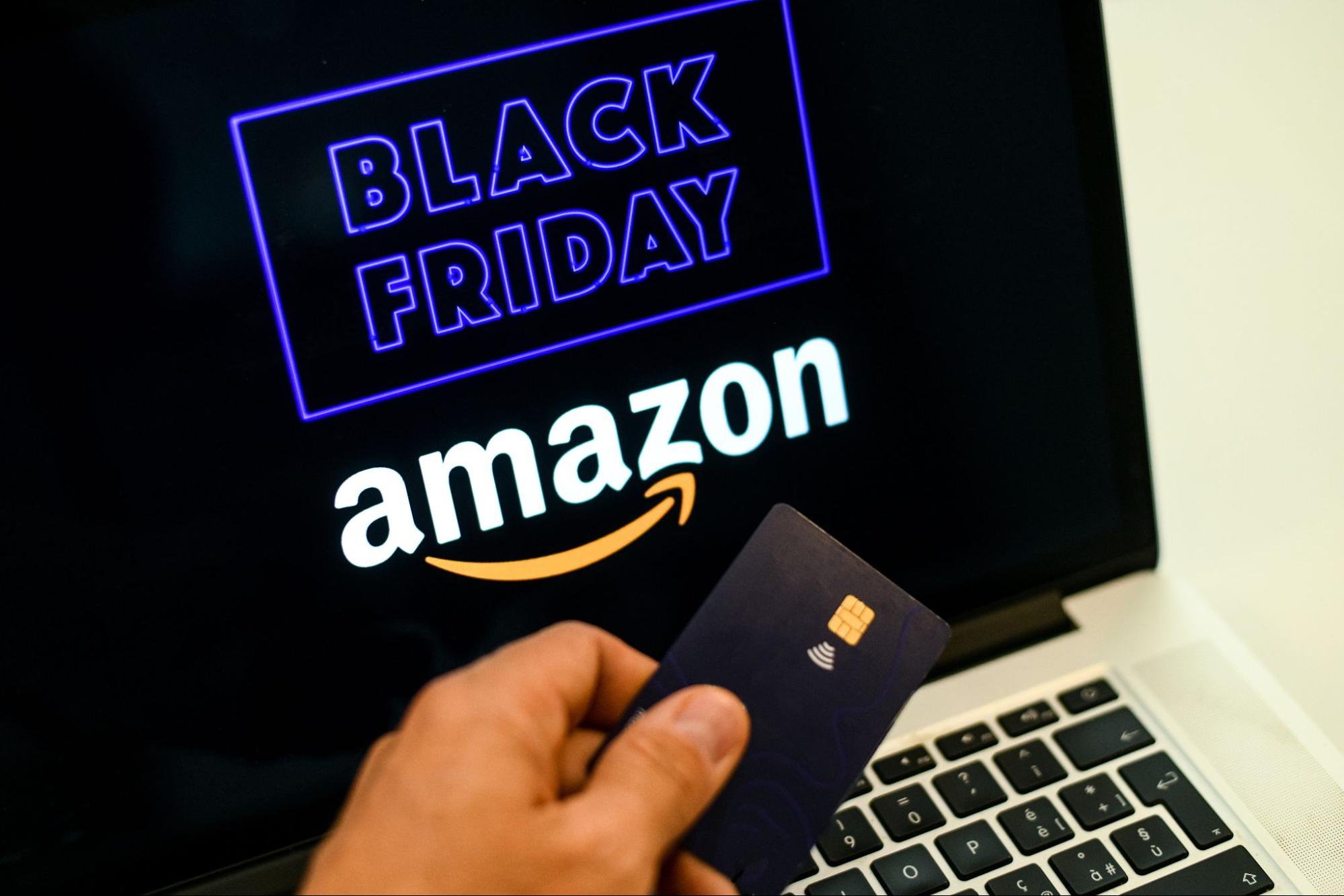When selling on Amazon, one of the most critical decisions you’ll face is choosing between Fulfillment by Amazon (FBA) and Fulfilled by Merchant (FBM). Each method has its own advantages and challenges, so it’s important to understand how they align with your business goals, resources, and product type. In this guide, we’ll explain the key differences between Amazon FBA and FBM, their benefits, and how to determine the best fit for you.
What is Amazon FBA?

Fulfillment by Amazon (FBA) allows sellers to store their products in Amazon’s fulfillment centers. Once an order is placed, Amazon handles picking, packing, shipping, and even customer service. For sellers, this is a hands-off solution that provides access to Amazon Prime’s fast-shipping benefits.
Benefits of FBA:
- Access to Prime Customers: With FBA, your products automatically become eligible for Amazon Prime’s two-day shipping. This can significantly boost your sales, as Prime members tend to shop more frequently and spend more.
- Streamlined Logistics: Amazon handles everything from storage and shipping to returns and customer service, freeing up your time to focus on growing your business.
- Scalability: As your business grows, Amazon’s infrastructure allows you to manage high order volumes without worrying about storage or shipping logistics.
- Better Buy Box Eligibility: FBA products often have a competitive edge in winning the Buy Box, especially for new or small-scale sellers.
Drawbacks of FBA:
- Costs: FBA comes with storage fees, fulfillment fees, and potential additional costs for long-term storage if your inventory doesn’t move quickly.
- Less Control: Once your products are in Amazon’s warehouse, you lose control over how they are handled and shipped.
- Complex Fee Structure: For beginner sellers, understanding FBA’s fee structure can be discouraging.
What is Amazon FBM?

Fulfilled by Merchant (FBM) means you handle storage, packing, shipping, and customer service yourself or through a third-party logistics (3PL) provider. This model provides greater control over your operations but requires more effort and resources.
Benefits of FBM:
- Lower Costs: By managing your own logistics, you avoid Amazon’s storage and fulfillment fees, making FBM the most cost-effective for low-margin products.
- Greater Control: FBM sellers maintain control over their inventory, allowing for personalized branding, shipping methods, and customer service.
- Flexibility: FBM gives sellers the freedom to explore alternative shipping methods or manage operations according to their business strategy.
- Suitable for Large or Bulky Items: Products with high storage fees under FBA may be more profitable with FBM.
Drawbacks of FBM:
- No Prime Benefits: Without FBA, your products are not eligible for Amazon Prime, which could dissuade potential buyers.
- Time-Consuming: Managing every aspect of fulfillment can take time away from other important aspects of your business.
- Challenging Buy Box Competition: FBM sellers may find it harder to win the Buy Box unless their pricing and metrics are extraordinary.
Key Differences Between FBA and FBM
Understanding the key differences between FBA and FBM is crucial when choosing the right fulfillment method for your business. Here’s the breakdown:
Fulfillment Responsibility
- With FBA, Amazon manages the entire fulfillment process, including picking, packing, shipping, and handling customer service and returns.
- FBM requires the seller to handle these tasks, either personally or by outsourcing to a third-party logistics (3PL) provider.
Storage
- FBA uses Amazon’s network of fulfillment centers to store inventory.
- FBM sellers are responsible for storing their products in their own facilities or through a 3PL.
Shipping Speed
- Products fulfilled through FBA are eligible for Amazon Prime’s fast shipping, offering a significant advantage in attracting Prime customers.
- With FBM, shipping speed depends on the seller’s chosen carrier and logistics setup, which may not match Prime-level speed.
Fees
- FBA involves additional costs, including storage fees, fulfillment fees, and long-term storage fees for slow-moving inventory.
- FBM avoids these fees, making it more cost-effective for certain types of products.
Customer Service
- FBA includes Amazon’s customer service support, which handles questions and returns.
- FBM sellers must manage customer interactions and returns themselves, which can be time-intensive.
Buy Box Advantage
- Due to Amazon’s fast shipping and reliability, FBA products usually have a better chance of winning the Buy Box.
- FBM sellers need exceptional performance metrics and competitive pricing to secure the Buy Box.
Scalability
- FBA is ideal for scaling your business quickly, as Amazon’s infrastructure supports large order volumes seamlessly.
- FBM relies on the seller’s ability to scale their logistics and resources, which can be more challenging as sales increase.
By reviewing these differences, you can better determine which fulfillment method aligns with your business model and goals.
Factors to Consider When Choosing Between FBA and FBM
Product Type
- FBA is ideal for small, lightweight, and fast-moving products.
- FBM works better for large, bulky items or products with low-profit margins.
Budget
- FBA is better suited for businesses with higher margins that can absorb the associated costs.
- Sellers with limited capital may find FBM more affordable as they avoid storage and fulfillment fees.
Order Volume
- High-volume sellers benefit from the FBA’s streamlined logistics
- For smaller-scale operations, FBM might make more sense.
Control and Branding
- FBA limits customization but provides consistency and convenience.
- If you want to maintain control over customer experience and branding, FBM is the better option.
Scalability
- FBA offers infrastructure to handle rapid growth, making it a great choice for scaling businesses.
- FBM requires investment in your own logistics capabilities as you grow.
When to Choose FBA
- You’re a New Seller: FBA simplifies fulfillment and allows you to focus on other aspects of your business.
- You Sell High-Demand Products: Items that move quickly benefit from FBA’s fast shipping and Prime access.
- You Need to Scale Quickly: FBA provides the infrastructure to manage increasing order volumes seamlessly.
- You Want to Win the Buy Box: FBA can improve your chance of getting this essential sales tool.
When to Choose FBM
- You Have Unique Shipping Needs: For fragile, bulky, or perishable items, managing your logistics might be preferable.
- You Operate on Thin Margins: FBM avoids additional fees, making it a cost-effective option for low-margin products.
- You Want More Control: FBM gives you flexibility in managing customer service, branding, and order fulfillment.
- Your Volume is Manageable: If you’re a smaller seller with low to moderate order volumes, FBM may be sufficient.
Hybrid Model - Combining FBA and FBM

Some sellers choose a hybrid approach, leveraging both FBA and FBM to maximize efficiency and profitability.
Benefits of the Hybrid Model
- Flexibility: Use FBA for fast-moving or high-margin products and FBM for slower-moving or bulky items.
- Risk Mitigation: Diversify your fulfillment strategy to adapt to changing market conditions or challenges, such as FBA fee increases.
- Optimized Costs: Balance costs by using the fulfillment method that best suits each product type.
FBA vs. FBM - Which is Best?
There is no no-size-fits-all solution when it comes to choosing between Amazon FBA and FBM. The decision ultimately depends on your business model, goals, and resources.
- If you prioritize convenience, scalability, and access to Prime customers, FBA is likely the better choice.
- FBM might be the best option if you want to minimize costs, maintain control over operations, and offer niche products.
- A hybrid model offers the best of both worlds for sellers looking to balance costs and benefits.
Before deciding, take the time to assess your product mix, budget, and operational capabilities. With the right strategy, FBA and FBM can help you build a thriving Amazon business.
Choosing the Right Option for Your Business
Want to stay ahead, make smarter decisions, and boost your success as an Amazon seller? Subscribe to the Resale Pro newsletter! Our newsletter is packed with valuable insights, tips, and strategies tailored for resellers like you. Whether you’re deciding between FBA and FBM, exploring new product categories, or looking for ways to optimize your sales, we’ve got you covered. Don’t miss out – sign up today!



